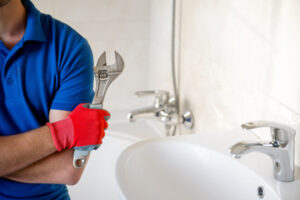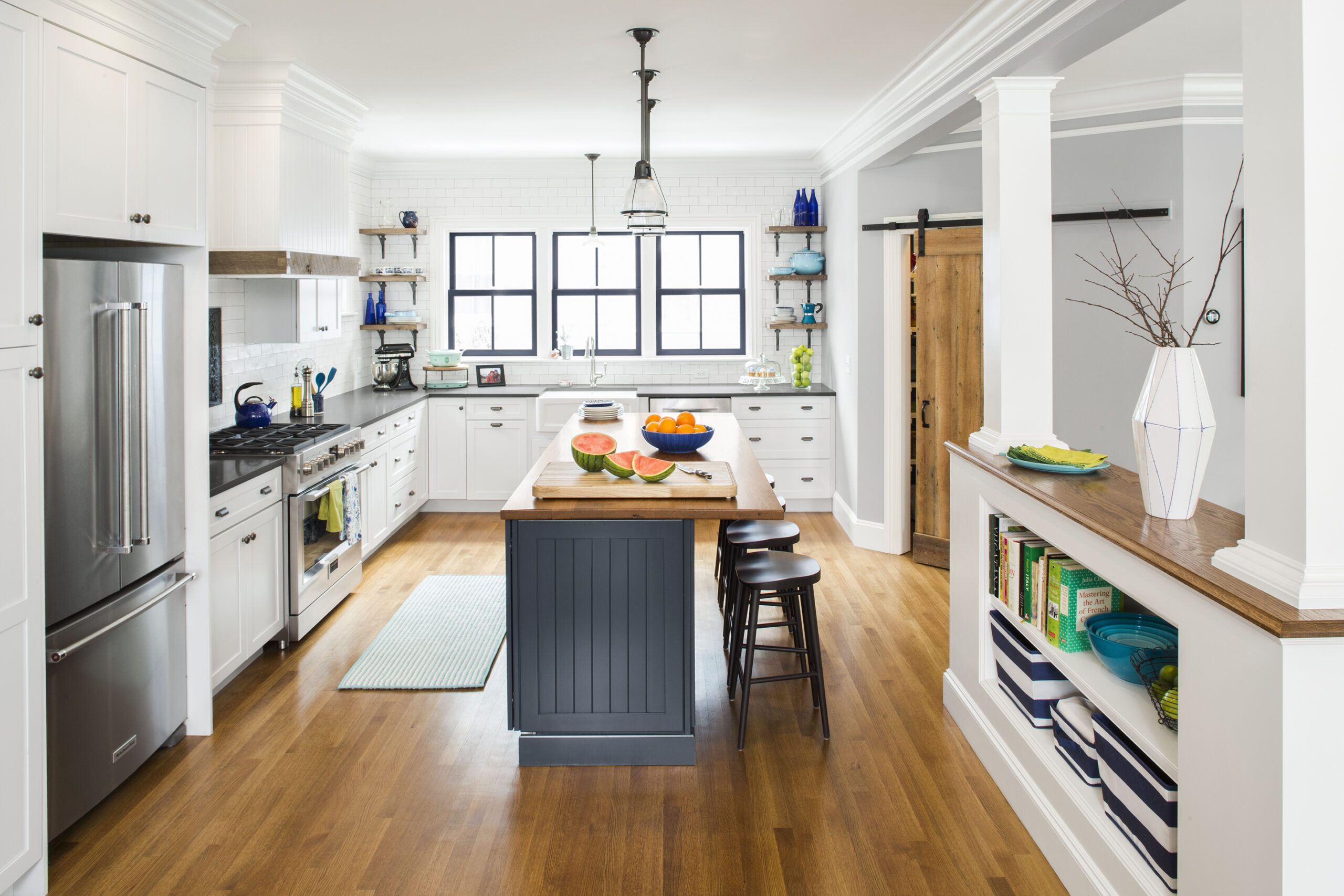Plumbers Shreveport is the set of pipes and fixtures that facilitate water supply, waste removal, and heating in homes and businesses. Plumbers install, repair, and maintain these systems.
There are several routes to becoming a plumber, including college courses and apprenticeships. Some plumbers work for large companies, while others run their independent businesses.

The plumbing industry involves installing, maintaining, and repairing pipes that transport fluids, primarily water. It also removes waste and connects buildings to the local sewer system. Plumbers must have a wide range of skills and knowledge to perform their duties. These include laying and cutting pipe, assembling fixtures, testing and troubleshooting plumbing systems, and ensuring all work meets building codes. In addition, they must be able to read blueprints and understand construction processes.
The first step in installing a plumbing system is to obtain the proper permits. This is important because it ensures that your plumbing system complies with all local and state regulations. It also helps protect you from fines and other problems down the road. Once you have the permits, you can install the pipes and other components. Before installing new pipes, it’s a good idea to lay down plastic sheeting to protect the area from dirt and debris. Then, you can begin opening up the path for the pipes by removing drywall and lifting tiles. Once the pipes are in place, you can install the faucets and other fixtures.
Plumbing is a vital service for homes and businesses, and choosing the right contractors for the job is important. A professional plumbing contractor can help you design a safe and efficient system to meet your needs. They can also help you save money by reducing water bills and energy consumption. In addition, they can help you with various other home improvement projects, including heating and air conditioning.
A plumbing system consists of pipes that carry potable water, drain wastewater and other wastes, and provide heat for cooking, washing, and drinking. It is essential for human survival, and keeping the plumbing system in working condition is important. The most common type of plumbing system is a household sewer system, which connects to a public sewer line and removes waste. In addition to this, industrial and commercial plumbing systems serve a wider range of purposes.
Plumbing is the set of pipes and fixtures that convey water in a home or building for washing, cooking, heating, cooling, and waste removal. Plumbers install, maintain, and repair these systems. They often work with various tools to perform their jobs, including pipe wrenches, flaring pliers, pipe vise, soldering torches, and crimp tools. They may also utilize video cameras to inspect sewer lines and other pipes for problems.
Some plumbers are self-employed and may work independently or as part of a larger construction crew. Others are employed by a company that specializes in plumbing services. Some plumbers learn the trade through on-the-job training; others attend vocational schools or community colleges to receive formal education. Because of the many tasks involved in plumbing, plumbers must be comfortable working in different environments. They often spend time in cramped spaces such as crawl spaces and attics and may be exposed to harmful substances such as chemicals and sewage.
Keeping up with routine plumbing maintenance can help prevent costly repairs in the future. A regularly scheduled inspection and cleaning of pipes can catch any small problems before they become major issues, such as a burst pipe or clogged drain. Leaking or broken pipes can lead to expensive water damage, so it’s important to catch these problems early and have them repaired as soon as possible.
Most plumbing systems include a main supply line that delivers fresh water to the building and drainage and venting lines. These pipes are usually made from steel, copper, or plastic and can run through the structure’s walls, ceilings, floors, and other areas. In addition to the main pipes, each fixture or appliance has shut-off valves that allow you to cut off the water supply to that area if necessary. Check these valves regularly and test them for leaks and functionality.
A home’s plumbing is often taken for granted until something goes wrong. The good news is that most plumbing issues can be prevented with regular maintenance and attention to simple things like using a drain strainer, not pouring grease or fat down the sink, and running the garbage disposal regularly. By following these simple tips, you can ensure that your plumbing system will continue providing safe and clean water for your family for years.
The plumbing system provides clean water for washing and hydration, drains waste and sewage, and ensures the proper water temperature in all areas of a home or building. Problems with a plumbing system can quickly become serious issues that affect the comfort and safety of occupants. Regular maintenance and timely repairs can prevent these problems from occurring. When these issues arise, however, plumbers are trained to diagnose and resolve them as efficiently as possible.
Common plumbing repair issues include clogged toilets and drains, leaky faucets, and water heater problems. Plumbers use various tools and techniques to address these issues, including hydrojetting, pipe thawing, and chemical treatments. They also have access to a wide range of pipes, fittings, and fixtures, making it easy for them to replace any damaged or worn parts.
If you notice a leak in one of your pipes, you first should shut off the water supply to that area. Then, you can take a few steps to try and fix the issue yourself. For small holes in the pipes (pinhole leaks), you can wrap the affected area with electrical or duct tape to create a tight seal. This is a temporary solution, but it can help you get through until a plumber can repair the leak.
For larger leaks, try using a pipe repair sleeve. These sleeves are available at most hardware stores, and they effectively seal a leaky section of pipe. Make sure you select the right-sized sleeve for your pipe and apply it carefully to avoid further damage or leaking.
If you cannot fix the leak with a sleeve, or if a burst has destroyed the pipe, then it will be necessary to call in a plumber. These situations require more extensive repairs, and plumbers are better equipped to handle them than homeowners are. Plumbers have access to more advanced tools and technologies, such as thermal imaging, acoustic leak detection, hydrogen gas tracing, and smart water monitoring systems, which can all help them find and repair even the most difficult leaks.
Plumbing is the system of pipes, fixtures, and valves that convey water in a building for drinking, cooking, bathing, washing, and cleaning. It also removes waterborne wastes and transports them to sewer systems for disposal. While many plumbing jobs involve repairing and maintaining existing fixtures and pipes, some plumbers install new pipes for home or business remodeling projects. Other plumbers specialize in repiping, which consists of replacing the entire set of pipes in a house or building to upgrade their condition or to repair damage. Choosing the right materials for piping can help minimize future repairs and maintenance costs.
A plumbing system’s lifespan is typically 30 to 50 years. Older pipes may develop leaks, corrosion, or clogs, which can reduce efficiency and lead to water damage. Upgrading to modern, durable pipe materials can improve water quality, increase water pressure, and minimize the risk of damage and failure.
Some signs that it’s time to replace plumbing include discolored or odorous water, frequent clogs, or a drop in water pressure. It’s a good idea to consult with a plumber about upgrading to a newer plumbing material that is less likely to experience corrosion, clogs, or rusting.
Repiping is a more extensive and costly plumbing project than pipelining, but it can be necessary when the old pipes are beyond repair due to age or wear and tear. During repiping, the plumber will replace all or parts of the home’s plumbing, usually with copper or PEX pipes.
When deciding whether to repair or replace a plumbing system, it’s important to consider long-term cost implications. In some cases, replacing an old system with a newer, more energy-efficient model might be more cost-effective, which will save money in the long run. It’s also a good idea to consider the plumbing needs of other areas and systems in a building when making upgrades. This can help ensure that the upgraded plumbing will meet current and future requirements, such as accommodating new appliances or meeting code compliance.

